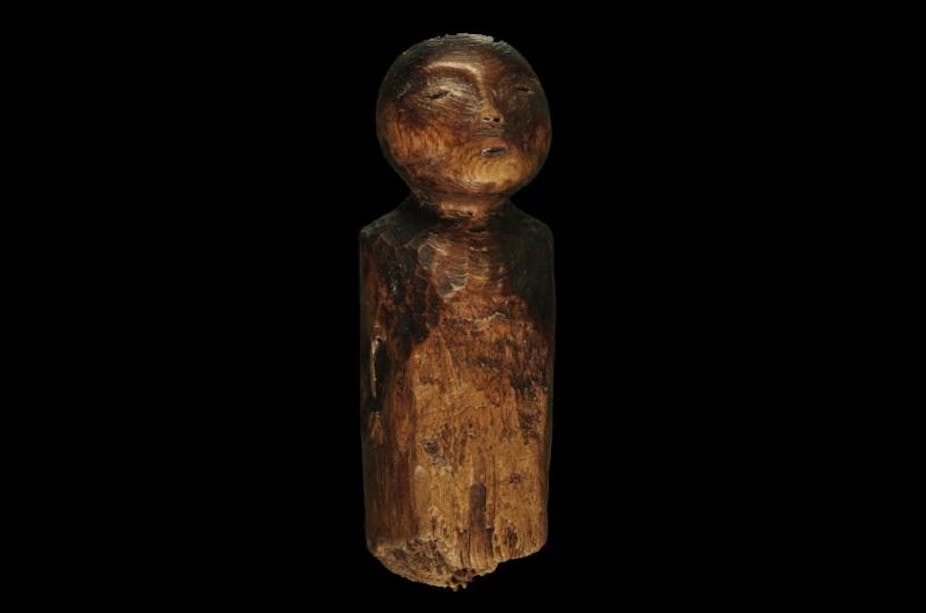Villagers living in the Somerset levels who have been inundated with floodwaters for weeks will be able to sympathise with the difficulties faced by those in the similarly low-lying Yukon-Kuskokwim Delta, in Alaska.
Here, rising sea levels, decreased ice cover and melting permafrost have led to rapid erosion. Inhabitants of the delta – an area nearly three times the size of Scotland – are struggling to prevent their roads, airstrips, docks and houses from being lost to the next storm. Scores of villages have made plans to relocate entirely, and have emergency evacuation plans in place.
But it’s not only modern villages that are at risk. A less well appreciated consequence of the changing climate in coastal Alaska and elsewhere in the Arctic north is the steady loss of thousands of archaeological sites to the sea.
The scale of this destruction became clear when Warren Jones, a Yup’ik Eskimo leader from the village of Quinhagak sent photos of artefacts found by local people on the beach. These weren’t just stones and bones but carved wooden dolls and masks, in complete condition and even with traces of paint still intact. Artefacts like these don’t survive on the surface for very long.

In 2009 our team from the University of Aberdeen followed a trail of wooden artefacts down the beach to find the remains of a rapidly eroding prehistoric village. Finely carved harpoon shaft fragments and other artefacts protruded everywhere from the erosion face. Although much had already been lost there was much left to save – we recovered more than 8,000 artefacts in the first two seasons alone. By 2013 the erosion face had already moved 10m inland and all traces of those first excavations were gone.
The site of Nunalleq, which means “old village” in the Yup’ik language, was occupied between about 1300-1650 AD, leaving behind layers of house floors about a metre deep. Until recently everything was locked in icy permafrost – the level of preservation is startling. About 80% of the artefacts are made of wood and other organic materials. Kayak parts, basketry, masks, dolls, bowls and many other items have been recovered, often complete. Pottery, ivory, bone and finely ground stone tools are also abundant.

The huge scale of the loss of this cultural heritage taking place is doubly tragic because the prehistory of the Yup’ik people is very poorly known. Despite the vast size of the Yup’ik homeland, which straddles the Bering Straight from Siberia to Alaska and Canada, and it rich culture, the daunting logistics and harsh conditions have discouraged archaeologists.
Our work would have been impossible but for our partnership with the Qanirtuuq Corporation, the Yup’ik-owned organisation that manages the village on behalf of its people. Nearly a third of families living in this village of less than 600 live below the poverty line, yet Qanirtuuq, Inc. supported our work for three years while we gathered enough data to support a major grant application. Village leaders and elders decided that saving, and reconnecting, with their past was important to their future.
Beyond the spectacular artefacts, the soils on site are also rich with scientific data in the form of the organic detritus left by daily village life: wood chips, whittled sticks, strands of woven grass, feathers, cut bits of hide, dog fur and even scraps of human hair.
Prehistoric villagers at Nunalleq had a mixed diet of fish such as salmon, and also caribou and marine mammals. Since the site was occupied just before and during the onset of the Little Ice Age, a era of cooling climate that began around 1400, this data presents a unique opportunity to discover what species might be most sensitive to similarly rapid climate change today. And that in turn may give the Yup’ik a clue to what changes they might expect to their menu today as a consequence of global warming.

